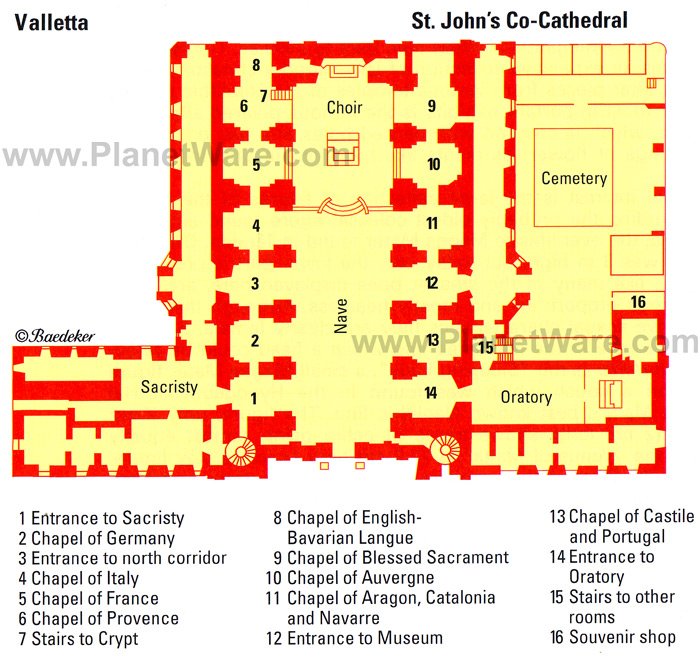 |
| the-decapitation-of-saint-john-the-baptist-1607 |
Martyrdom of John the Baptist
Friday, August 29, 2014
++++++++++++++++++++++++++++++++++++++
The Pope and Caravaggio,
Eddie Lalor. Africa St Patrick's Missions,May 2014Scanned from the missionary magazine...
http://www.domdonald.org.uk/
Friday, 27 September 2013
A Big Heart Open to God
Who Is Jorge Mario Bergoglio?
I have the first question ready, but then I decide not to follow the script that I had prepared for myself, and I ask him point-blank: “Who is Jorge Mario Bergoglio?” The pope stares at me in silence. I ask him if this is a question that I am allowed to ask.... He nods that it is, and he tells me: “I do not know what might be the most fitting description.... I am a sinner. This is the most accurate definition. It is not a figure of speech, a literary genre. I am a sinner.”
The pope continues to reflect and concentrate, as if he did not expect this question, as if he were forced to reflect further. “Yes, perhaps I can say that I am a bit astute, that I can adapt to circumstances, but it is also true that I am a bit naïve. Yes, but the best summary, the one that comes more from the inside and I feel most true is this: I am a sinner whom the Lord has looked upon.” And he repeats: “I am one who is looked upon by the Lord. I always felt my motto,Miserando atque Eligendo [By Having Mercy and by Choosing Him], was very true for me.”
The motto is taken from the Homilies of Bede the Venerable,who writes in his comments on the Gospel story of the calling of Matthew: “Jesus saw a publican, and since he looked at him with feelings of love and chose him, he said to him, ‘Follow me.’” The pope adds: “I think the Latin gerund miserando is impossible to translate in both Italian and Spanish. I like to translate it with another gerund that does not exist: misericordiando [“mercy-ing”].
Pope Francis continues his reflection and tells me, in a change of topic that I do not immediately understand: “I do not know Rome well. I know a few things. These include the Basilica of St. Mary Major; I always used to go there.” I laugh and I tell him, “We all understood that very well, Holy Father!” “Right, yes”—the pope continues – “I know St. Mary Major, St. Peter’s...but when I had to come to Rome, I always stayed in [the neighborhood of] Via della Scrofa. From there I often visited the Church of St. Louis of France, and I went there to contemplate the painting of ‘The Calling of St. Matthew’ by Caravaggio.” I begin to intuit what the pope wants to tell me.
“That finger of Jesus, pointing at Matthew. That’s me. I feel like him. Like Matthew.” Here the pope becomes determined, as if he had finally found the image he was looking for: “It is the gesture of Matthew that strikes me: he holds on to his money as if to say, ‘No, not me! No, this money is mine.’ Here, this is me, a sinner on whom the Lord has turned his gaze. And this is what I said when they asked me if I would accept my election as pontiff.” Then the pope whispers in Latin: “I am a sinner, but I trust in the infinite mercy and patience of our Lord Jesus Christ, and I accept in a spirit of penance.”

.jpg)














.jpg)

.jpg)




